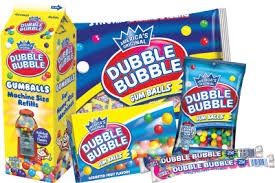- Joined
- Feb 16, 2017
- Messages
- 136
I guess I will probably be the dissenting voice in regards to keeping a machine 'pristine' vs modifying for current use. I understand the feelings about leaving a machine original. I have them too but they are not overwhelming. Look at it selfishly for a sec. It is a functional improvement that a new owner would be nuts to remove. Does one plan to sell the machine as a restored or restorable antique or are the plans to use the machine to the best of its capability for the rest of ones adulthood? If it is the latter, then the dispensation of the machine after one is dead is irrelevant. Modify. If that means holes, so be it.


